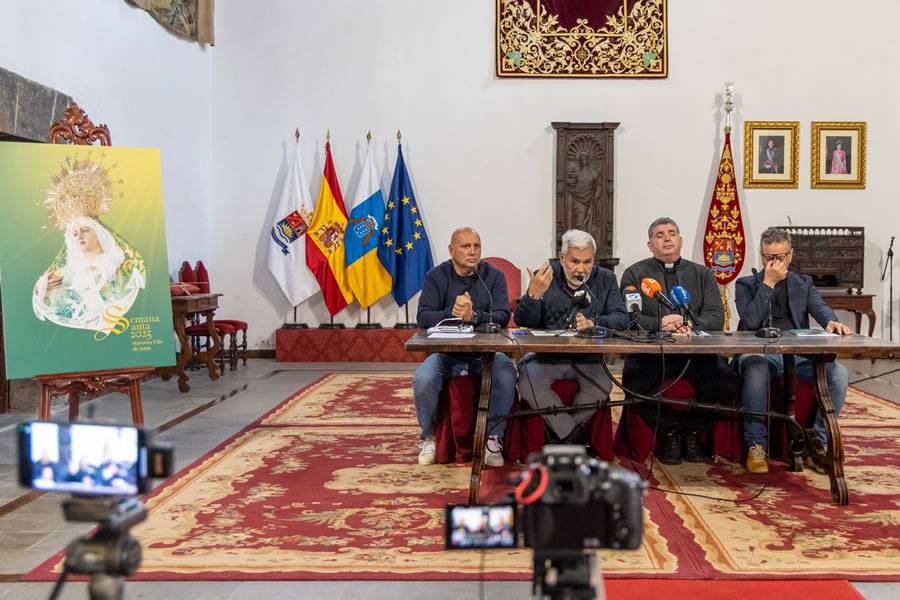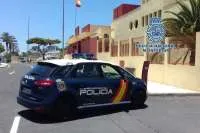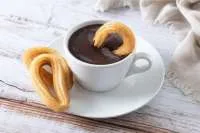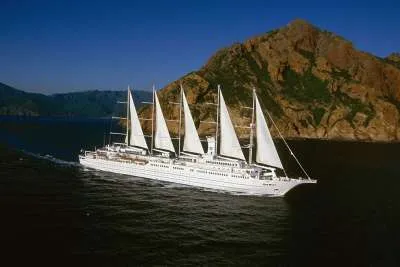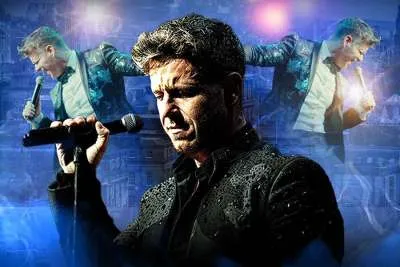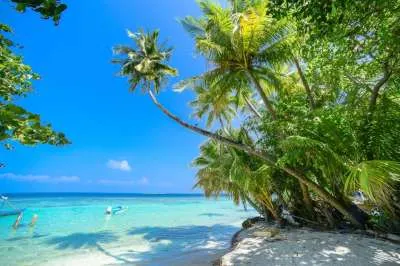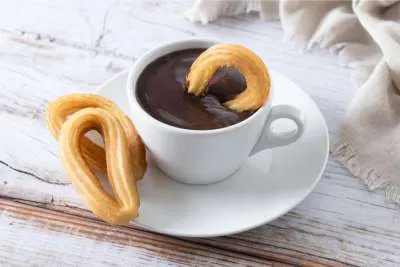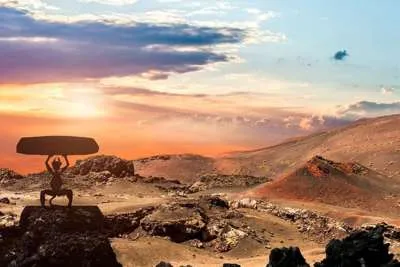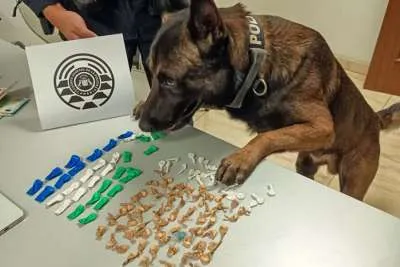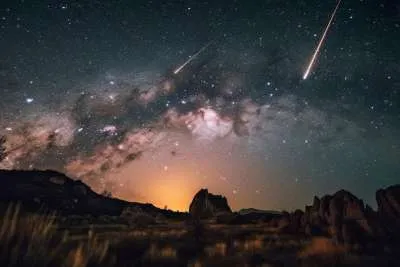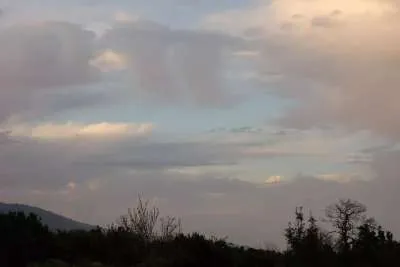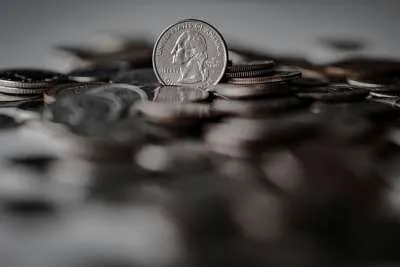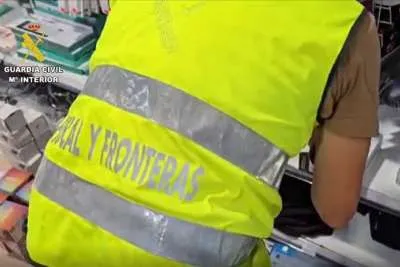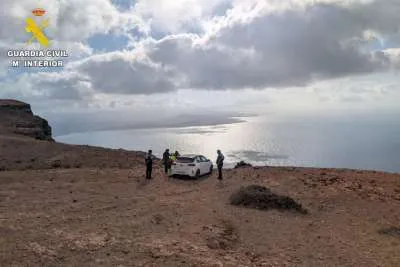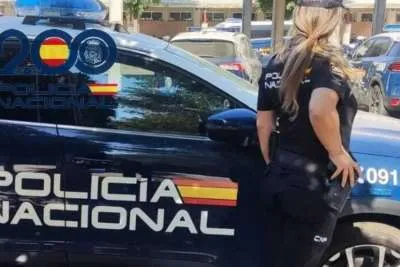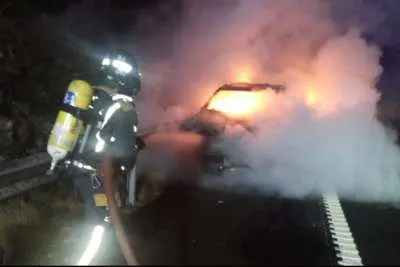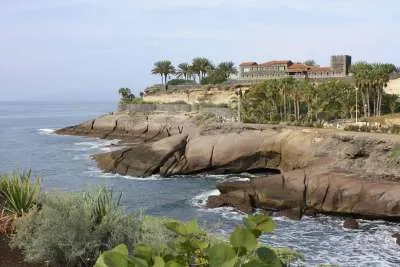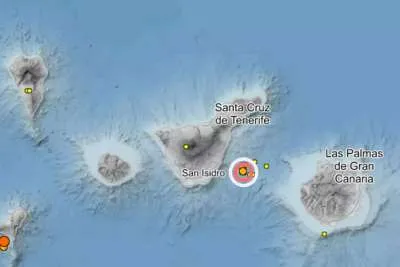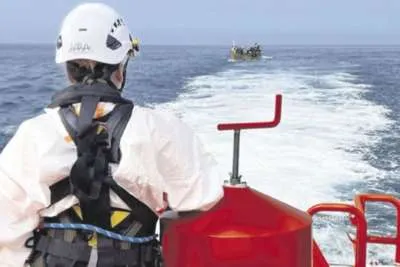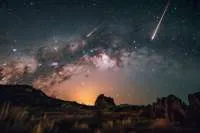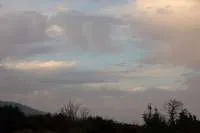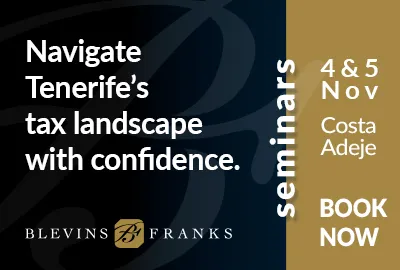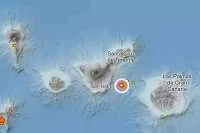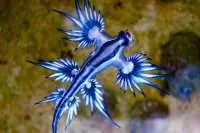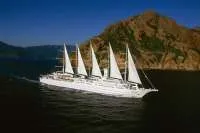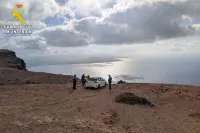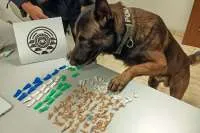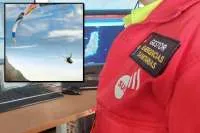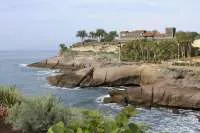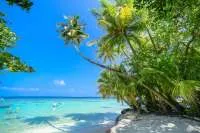Adeje prepares for a Holy Week marked by the Jubilee of Hope
- 01-04-2025
- Tenerife
- Canarian Weekly
- Photo Credit: Ayuntamiento de Adeje
The town of Adeje is preparing for an Easter Holy Week like no other, enriched this year by the Vatican’s declaration of the Jubilee Year of Hope. As part of this extraordinary occasion, the local council and religious authorities have unveiled a programme that blends centuries-old tradition with new cultural and educational offerings designed to engage a broad audience.
At the heart of the celebration is La Pasión, a dramatic re-enactment of the Passion of Christ. Now in its 28th edition, this large-scale performance will take place on Good Friday, 18th April, at 12 noon along Calle Grande, involving over 300 participants and broadcast live on national, regional, and local platforms.
During the official presentation, Adeje’s mayor, José Miguel Rodríguez Fraga, emphasised the significance of Holy Week to the community, highlighting its 16th-century roots and its transformation into an internationally recognised cultural and spiritual event. “It is more than a religious tradition,” the mayor said. “It is a collective celebration of identity, coexistence, and belonging.”
This year’s edition introduces a wide range of new features, including a series of talks and two exhibitions held at the recently opened Espacio de Historia y Arte El Barranco, a new multicultural venue in the iconic tower of Plaza de España. These events will provide a space for intellectual and spiritual reflection, with themes that intersect history, science, theology, and the arts.
Curated by journalist and researcher José Gregorio González, the conference series, titled “Historia, Ciencia y Misterios del Cristianismo: Diseccionando La Pasión” (History, Science and Mysteries of Christianity: Dissecting the Passion), will run from 6th to 9th April. Talks will be delivered by theologians, forensic specialists, psychiatrists, and film critics. Topics include historical evidence of Jesus’ existence, the psychological effects of the Passion, forensic analyses of sacred relics, and cinematic portrayals of Christ.
Complementing the talks are two exhibitions: one on biblical archaeology, exploring stories like the Great Flood and the destruction of Sodom and Gomorrah, and another focusing on relics such as the Holy Grail and the Spear of Longinus. Both open on 5th April and will be available to the public throughout Holy Week.
Adeje’s parish priest, Agalac Alonso Siverio, described Holy Week as a deeply inclusive experience. “It is an opportunity to reach out to others, to reflect, and to do good,” he said. The priest also announced the return of the Way of the Cross, which will tour various neighbourhoods until 4th April. Each evening includes a Eucharistic celebration, a procession of the statue Nazarene of Forgiveness, and community participation in the Stations of the Cross. The final event will culminate with a sacred concert by the Adeje Patronal Band.
Councillor for Culture, Adolfo Alonso Ferrera, praised the collaborative effort behind Holy Week, with contributions from dozens of local organisations and groups. He confirmed that 200 people have already signed up to take part in La Pasión, with registration still open. Among the improvements this year are new costumes, updated lyrics for key musical moments, and the addition of a new scene between Samuel and Saint Peter.
On 5th April, Adeje will host its official Holy Week Proclamation at the Convento de San Francisco, delivered by Honorio Campos Gutiérrez, episcopal vicar and parish priest of La Orotava. The proclamation will include personal testimonies reflecting on the week’s liturgical and cultural dimensions and will be followed by a concert from the Tredici Trío as part of the Canary Islands Sacred Music Festival.
The liturgical events will begin on 11th April, with processions and religious celebrations across the town’s parishes. Key processions include Holy Monday’s Jesus the Captive and Our Lady of Hope, Holy Tuesday’s Holy Encounter, Maundy Thursday’s Mandate, and the Holy Burial on Good Friday. Another highlight is Pasos Chicos on Palm Saturday, an endearing children’s version of the processions, featuring scaled-down statues carried by young catechism students and their families.
This year’s programme design was created by local artist Sebastián Hernández Gómez, who incorporated the image of the Virgin of Hope and the colour green, symbolic of the Jubilee, into the design as a tribute to this year’s spiritual focus.
With its blend of heritage, performance, reflection, and community participation, Adeje’s Holy Week 2025 promises to be an unforgettable celebration of faith, hope, and shared culture.
For the full programme in English, visit townhall.adeje.es.
Other articles that may interest you...
Trending
Most Read Articles
Featured Videos
A Vision of Elvis Tenerife Promo
- 10-05-2025
Tenerife Travel Guide
- 13-12-2024
Live webcam from Lanzarote airport
- 13-12-2024


